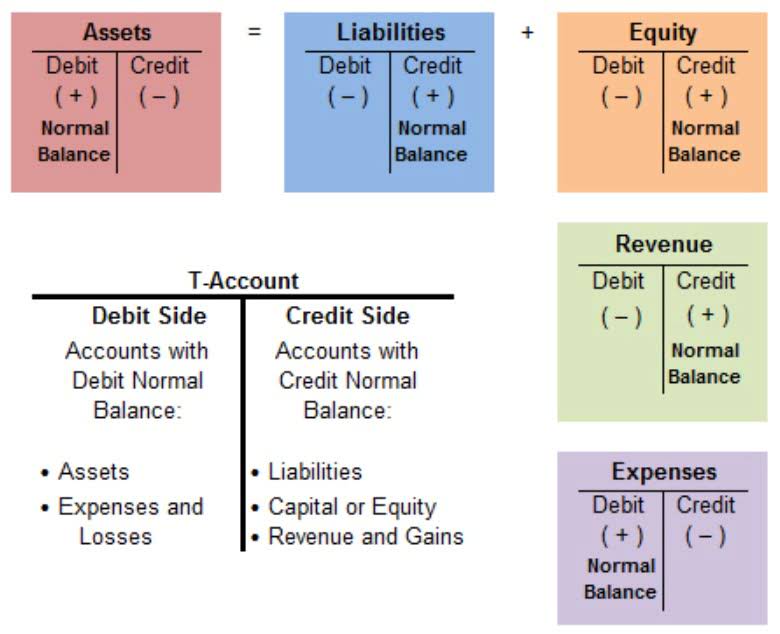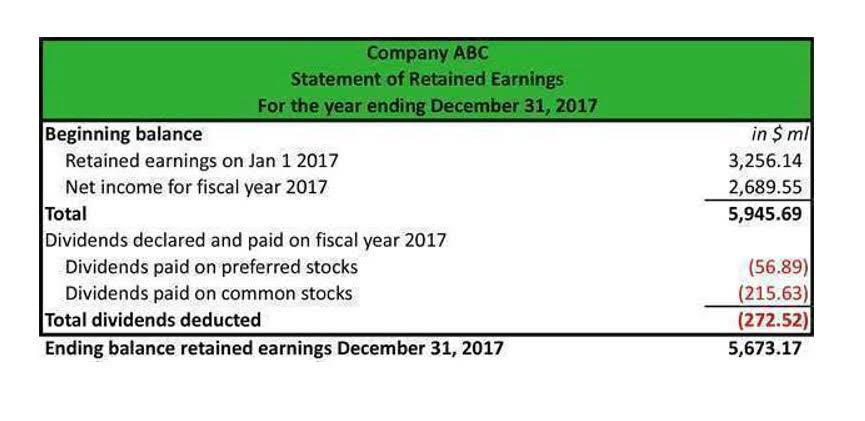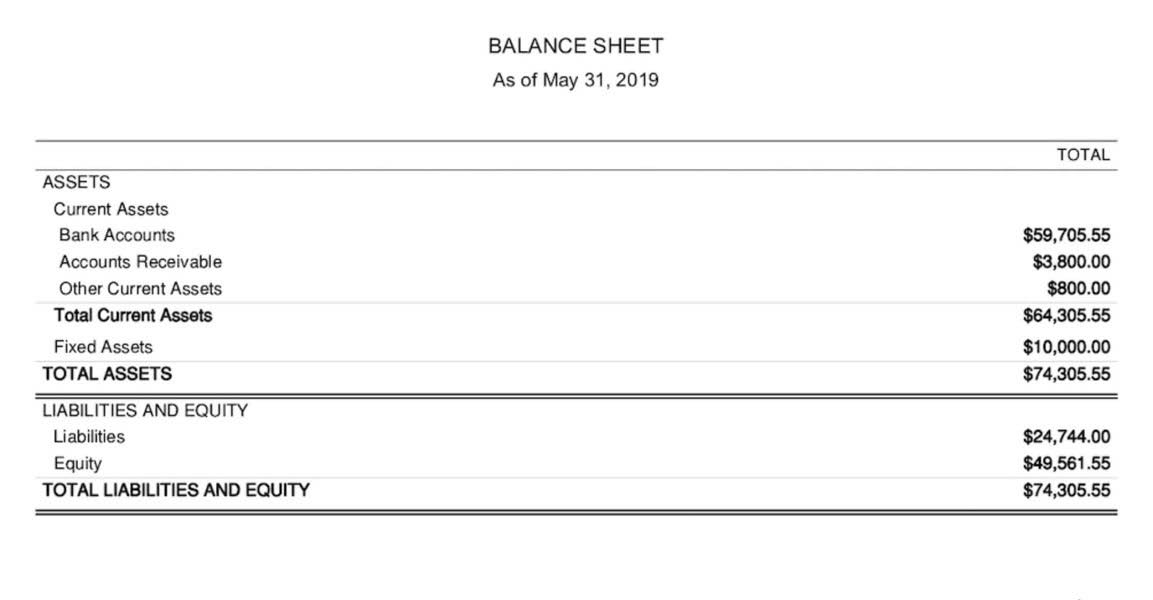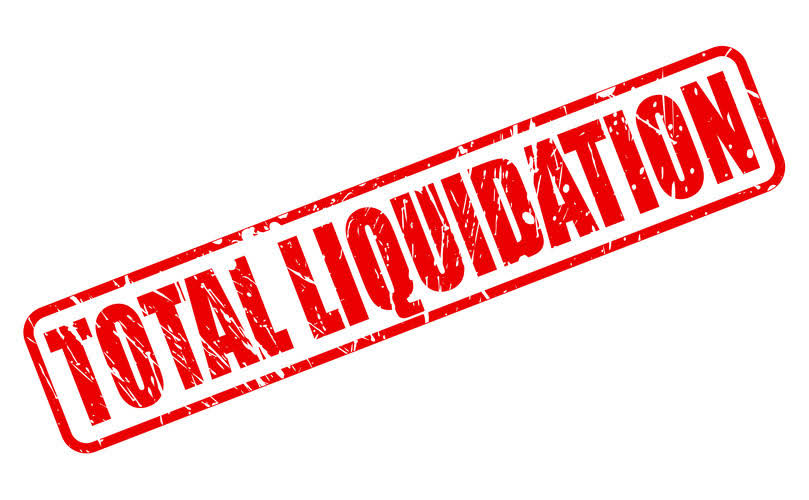
The final amount is the total retained earnings for that year mentioned as per the balance sheet. After preparing the heading, now state the previous year’s retained earnings. Take out the previous year’s retained earnings from the previous year’s balance sheet. If you prepare your first statement of retained earnings, the beginning balance will be zero. An alternative calculation of company equity is the value of share capital and retained earnings less the value of treasury shares. Current liabilities are debts typically bookkeeping due for repayment within one year, including accounts payable and taxes payable.
FAQs About Retained Earnings Calculation
- The balance sheet provides an overview of the state of a company’s finances at a moment in time.
- Inventory includes amounts for raw materials, work-in-progress goods, and finished goods.
- By exploring the balance sheet and income statement, we see how a company uses its profits, rewards investors, and plans for reinvestment.
- Here, we’ll assume $25,000 in new equity was raised from issuing 1,000 shares at $25.00 per share, but at a par value of $1.00.
- Interpreting retained earnings on a balance sheet involves understanding the company’s financial state.
- While they’re not exactly assets themselves, they can be used to buy assets like equipment, inventory, or stocks.
- If depreciation expense is known, capital expenditure can be calculated and included as a cash outflow under cash flow from investing in the cash flow statement.
Retained earnings, while crucial for understanding a company’s financial health, have some inherent limitations. One significant limitation is that retained earnings cannot be used to evaluate the company’s overall cash flow or liquidity position. Hence, other financial metrics, such as the cash flow statement and current ratio, are required to gain a comprehensive understanding. Retained earnings are the portion of a company’s net income that management retains for internal operations instead of paying it to shareholders in the form of dividends. In short, retained earnings are the cumulative total of earnings that have yet to be paid to shareholders.
- Retained earnings represent the portion of a company’s net income that’s kept (retained) rather than paid out as dividends.
- Companies will generally disclose what equivalents it includes in the footnotes to the balance sheet.
- In the equation, increases in this component increase equity and ownership in the company.
- Dividend recapitalization—if a company’s shareholders’ equity remains negative and continues to trend downward, it is a sign that the company could soon face insolvency.
- Costs can include rent, taxes, utilities, salaries, wages, and dividends payable.
- The income statement (or profit and loss) is the first financial statement that most business owners review when they need to calculate retained earnings.
Calculation of retained earnings
For instance, revenues increase retained earnings, while expenses and dividends decrease it. This provides a more granular view of financial performance and changes in equity. Essentially, retained earnings are balances accumulated due to profits or losses. They do not represent assets or cash balances that companies have kept. However, it includes various stages based on the elements of the retained earnings formula.

Interpreting the Values on Financial Statements
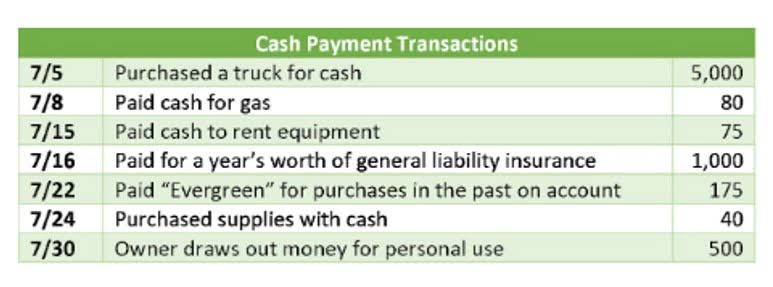
This is the number that will go on the balance sheet for the current period. This number will also serve as your beginning figure for the next period’s balance sheet. For public companies, a strong history of retained earnings also demonstrates a stable financial position, making it more attractive to potential investors. This is particularly true when the earnings are able to generate additional returns. This is the total AI in Accounting amount of net income the company decides to keep. Every period, a company may pay out dividends from its net income.
How to Calculate Retained Earnings: A Clear Guide for Businesses

An increase in retained earnings generally signifies effective profit management and a strong financial position, while a decrease may indicate lower profitability or higher dividend payouts. Retained earnings are a vital indicator of a company’s financial health and performance. They reflect the cumulative profits retained in the business, which can be used for growth, debt reduction, or other strategic purposes.

What is the Accounting for Retained Earnings?

The amount is credited with additional profits and is debited as a result of losses or dividend distributions. The amount of dividends a company pays out is up to its ownership. Younger and more growth-focused companies often don’t pay out any dividends or only pay small amounts. Regardless of the amount you pay, you must deduct this amount from your total. Depending on the amount of dividends your company pays out, your retained earnings could be negative, even if it reported a how to calculate retained earnings with assets and liabilities profit. Assets are the resources a business owns that have monetary value.

